Home>Renovation & DIY>Home Renovation Guides>How To Manage The Dust And Dirt Of Home Improvements?
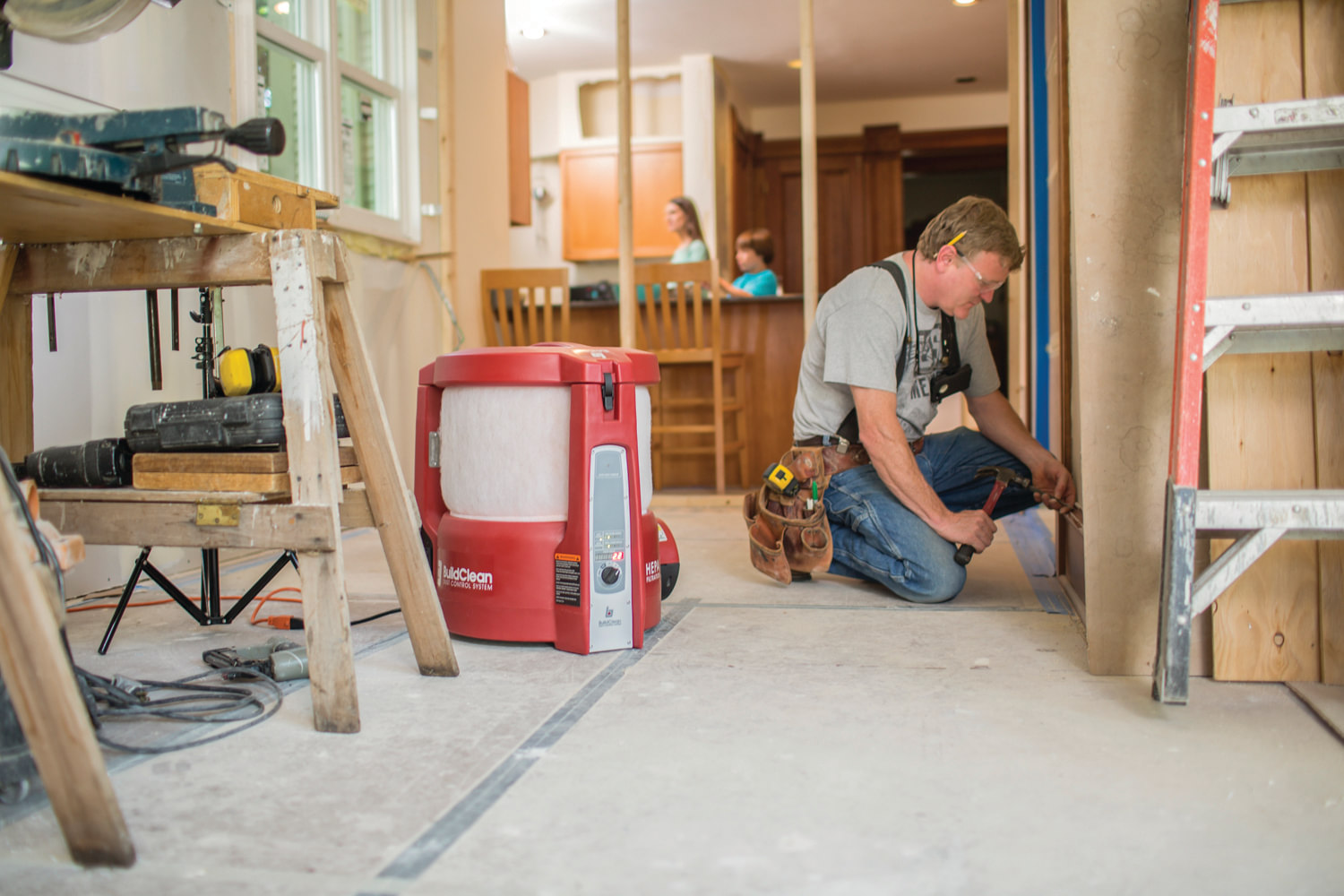

Home Renovation Guides
How To Manage The Dust And Dirt Of Home Improvements?
Modified: January 4, 2024
Learn effective strategies for managing dust and dirt during home renovations with our comprehensive home renovation guides. Keep your living space clean and comfortable throughout the improvement process.
(Many of the links in this article redirect to a specific reviewed product. Your purchase of these products through affiliate links helps to generate commission for Storables.com, at no extra cost. Learn more)
**
Introduction
**
Undertaking home improvement projects can breathe new life into your living space, but they often come with an unwelcome side effect: dust and dirt. Whether you're remodeling a kitchen, adding a new room, or simply giving a fresh coat of paint to your walls, the resulting debris can be a major nuisance. However, with the right strategies and precautions, you can effectively manage and minimize the impact of dust and dirt during your home renovations.
In this comprehensive guide, we will delve into the sources of dust and dirt, explore the importance of preparing the work area, discuss the use of dust containment measures, and provide valuable insights on cleaning up after the project. By understanding and implementing these practices, you can maintain a cleaner and healthier environment throughout your home improvement journey.
Let's embark on this enlightening exploration to discover how to effectively manage the dust and dirt of home improvements, ensuring that your renovation endeavors are not only fulfilling but also conducive to a clean and comfortable living space.
Key Takeaways:
- Keep your home clean during renovations by sealing off work areas, covering furniture, and using dust barriers and air scrubbers to minimize the spread of dust and dirt.
- After completing your home improvement project, ensure a thorough cleanup by dusting, vacuuming, cleaning HVAC systems, and inspecting and replacing filters for a fresh and hygienic living space.
Read more: How To Manage Home Improvement Projects
Understanding the Sources of Dust and Dirt
Before delving into the methods of managing dust and dirt during home renovations, it’s crucial to comprehend the primary sources of these pesky particles. Home improvement projects can generate dust and dirt from various sources, and having a clear understanding of these origins is the first step toward effective mitigation.
1. Demolition and Construction: When walls are demolished, tiles are removed, or new structures are erected, it often results in significant amounts of dust and debris. The process of breaking down existing materials and creating new ones inherently produces particles that can spread throughout the work area and beyond.
2. Sanding and Sawing: Activities such as sanding wood, cutting tiles, or sawing through materials release fine particles into the air. These particles can linger and settle on surfaces, contributing to the accumulation of dust and dirt.
3. Painting and Finishing: Even seemingly tidy tasks like painting and applying finishes can introduce particles into the environment. Whether it’s from sanding between coats or the application process itself, these activities can add to the overall dust and dirt load.
4. HVAC Systems: The heating, ventilation, and air conditioning (HVAC) systems in a home can also circulate dust and dirt. During renovations, disturbances to ductwork or the movement of air can dislodge accumulated particles, leading to increased airborne debris.
By recognizing these sources of dust and dirt, you can anticipate the challenges posed by your specific home improvement project and tailor your prevention and cleaning strategies accordingly. The next section will focus on the crucial preparatory steps that can significantly mitigate the impact of dust and dirt during renovations.
Preparing the Work Area
Effective preparation of the work area is essential for managing dust and dirt during home improvement projects. By implementing the following measures, you can create a controlled environment that minimizes the spread and accumulation of debris.
1. Seal Off Adjacent Areas: Before commencing any renovation work, it’s imperative to seal off the work area from the rest of the house. Close all doors and windows, and use plastic sheeting or temporary barriers to isolate the space. This containment measure helps prevent dust and dirt from infiltrating other parts of the home.
2. Remove or Cover Furniture and Belongings: Clear the work area of any furniture, decorations, and personal belongings. Items that cannot be relocated should be covered with plastic sheeting to protect them from dust and dirt. This proactive step safeguards your possessions and minimizes the need for extensive cleaning afterward.
3. Create a Dedicated Entry and Exit Point: Establish a designated entry and exit point with a doormat and a shoe removal station. Encouraging everyone entering the work area to remove their shoes minimizes the tracking of dirt and debris into other parts of the house.
4. Cover Floors and Surfaces: Use protective coverings such as drop cloths or rosin paper to shield floors and surfaces from damage and contamination. These coverings not only safeguard against spills and scratches but also provide a barrier against dust accumulation.
5. Set Up Containment Barriers: For extensive projects, consider installing temporary plastic walls or barriers equipped with zipper openings to create a contained work area. These barriers help confine dust and dirt, allowing for better control of the environment.
By meticulously preparing the work area, you can proactively mitigate the dispersion and accumulation of dust and dirt, setting the stage for a more contained and manageable renovation process. The next section will delve into the utilization of dust containment measures to further enhance the cleanliness and safety of the work environment.
Place plastic sheeting over furniture and floors to protect them from dust and dirt during home improvements. Vacuum and wipe down surfaces regularly to minimize buildup.
Using Dust Containment Measures
Implementing effective dust containment measures is crucial for maintaining a clean and healthy work environment during home improvement projects. By employing the following strategies, you can minimize the spread of dust and dirt, safeguarding both the work area and the rest of your home.
1. Utilize Dust Barriers: Erect temporary dust barriers using plastic sheeting to isolate the work area. These barriers help confine dust and dirt, preventing them from permeating other parts of the house. Ensure that the barriers are securely fastened and extend from floor to ceiling for optimal containment.
2. Deploy Dust Extractors and Air Scrubbers: Invest in dust extractors and air scrubbers to capture airborne particles and improve air quality within the work area. These devices effectively remove dust and dirt, minimizing their presence in the surrounding environment and reducing potential health hazards.
3. Seal Off HVAC Vents and Ducts: Temporarily seal off HVAC vents and ducts within the renovation zone to prevent the circulation of dust and dirt through the home’s ventilation system. This measure helps maintain cleaner indoor air quality and reduces the spread of debris throughout the house.
4. Use Wet Methods for Dust Suppression: When engaging in activities that generate significant dust, such as sanding or demolition, employ wet methods to suppress airborne particles. Spraying surfaces with water or using tools equipped with water attachments can effectively control dust by weighing down and capturing the particles.
5. Establish Negative Air Pressure: Create negative air pressure within the work area by using exhaust fans or air filtration systems. This setup helps direct airborne particles toward containment barriers and filtration devices, preventing them from escaping into other areas of the home.
By integrating these dust containment measures into your renovation practices, you can significantly reduce the impact of dust and dirt, fostering a cleaner and safer environment throughout the project. The subsequent section will focus on the essential steps for thorough cleaning up after completing the home improvement endeavor.
Cleaning Up After the Project
Once the home improvement project is complete, thorough cleaning is essential to rid the space of accumulated dust and dirt, restoring a clean and welcoming environment. The following steps outline the key measures to ensure a comprehensive cleanup after your renovation endeavors:
1. Dust Removal: Begin by dusting all surfaces within the work area, including walls, ceilings, and fixtures. Use microfiber cloths and electrostatic dusters to effectively capture and remove settled dust. Pay special attention to corners, crevices, and areas above eye level.
2. Vacuuming and Mopping: Vacuum the floors, carpets, and upholstery to eliminate residual dust and dirt. Employ vacuum cleaners equipped with HEPA filters for optimal particle capture. Follow up with mopping hard surfaces using a damp microfiber mop to pick up remaining debris and achieve a thorough clean.
3. Cleaning HVAC Systems: Schedule a professional inspection and cleaning of the HVAC system to remove any accumulated dust and dirt. This step is crucial for maintaining clean indoor air quality and preventing the circulation of residual particles throughout the home.
4. Washing and Laundering: Wash all linens, curtains, and fabric items that may have been exposed to dust and dirt during the renovation. Laundering these items ensures that they are free from contaminants, contributing to a fresh and hygienic living space.
5. Inspecting and Replacing Filters: Check and replace the filters in HVAC systems, air purifiers, and vacuum cleaners. Clean filters or install new ones to optimize air quality and prevent the reintroduction of dust and dirt into the environment.
6. Final Touches: Conclude the cleanup process by conducting a final inspection of the entire space. Address any remaining dust or dirt, and perform any necessary touch-ups to ensure that the renovated area is pristine and free from debris.
By diligently executing these cleanup measures, you can effectively eliminate residual dust and dirt, restoring the renovated space to a state of cleanliness and freshness. This thorough post-project cleanup not only enhances the visual appeal of the area but also contributes to a healthier indoor environment for you and your family.
Conclusion
Managing the dust and dirt of home improvements is a multifaceted endeavor that encompasses careful planning, proactive measures, and thorough cleaning. By understanding the sources of dust and dirt, preparing the work area, utilizing dust containment measures, and executing a comprehensive cleanup, you can effectively mitigate the impact of debris during renovation projects.
Recognizing the various sources of dust and dirt enables you to anticipate and address specific challenges associated with your home improvement endeavors. Through meticulous preparation of the work area, including the implementation of containment barriers and protective coverings, you can create a controlled environment that minimizes the spread and accumulation of debris.
Employing dust containment measures such as barriers, air scrubbers, and wet suppression methods further enhances the cleanliness and safety of the work environment. These proactive strategies help confine and remove airborne particles, reducing potential health hazards and maintaining a cleaner renovation space.
Thoroughly cleaning up after completing the project is paramount to eliminating residual dust and dirt, restoring the renovated space to a state of cleanliness and freshness. From dust removal and vacuuming to inspecting and replacing filters, each step contributes to a comprehensive post-renovation cleanup that enhances the visual appeal and indoor air quality of the space.
By integrating these practices into your home improvement projects, you can achieve not only the desired aesthetic and functional enhancements but also a cleaner and healthier living environment. Embracing the holistic approach of managing dust and dirt throughout the renovation process ensures that your home improvements are not only transformative but also conducive to a clean and comfortable living space.
Armed with the insights and strategies presented in this guide, you are well-equipped to embark on your home improvement journey with the confidence and know-how to effectively manage the dust and dirt that may arise. Embrace these practices, and may your future renovation endeavors be marked by cleanliness, comfort, and the joy of a revitalized living space.
Frequently Asked Questions about How To Manage The Dust And Dirt Of Home Improvements?
Was this page helpful?
At Storables.com, we guarantee accurate and reliable information. Our content, validated by Expert Board Contributors, is crafted following stringent Editorial Policies. We're committed to providing you with well-researched, expert-backed insights for all your informational needs.
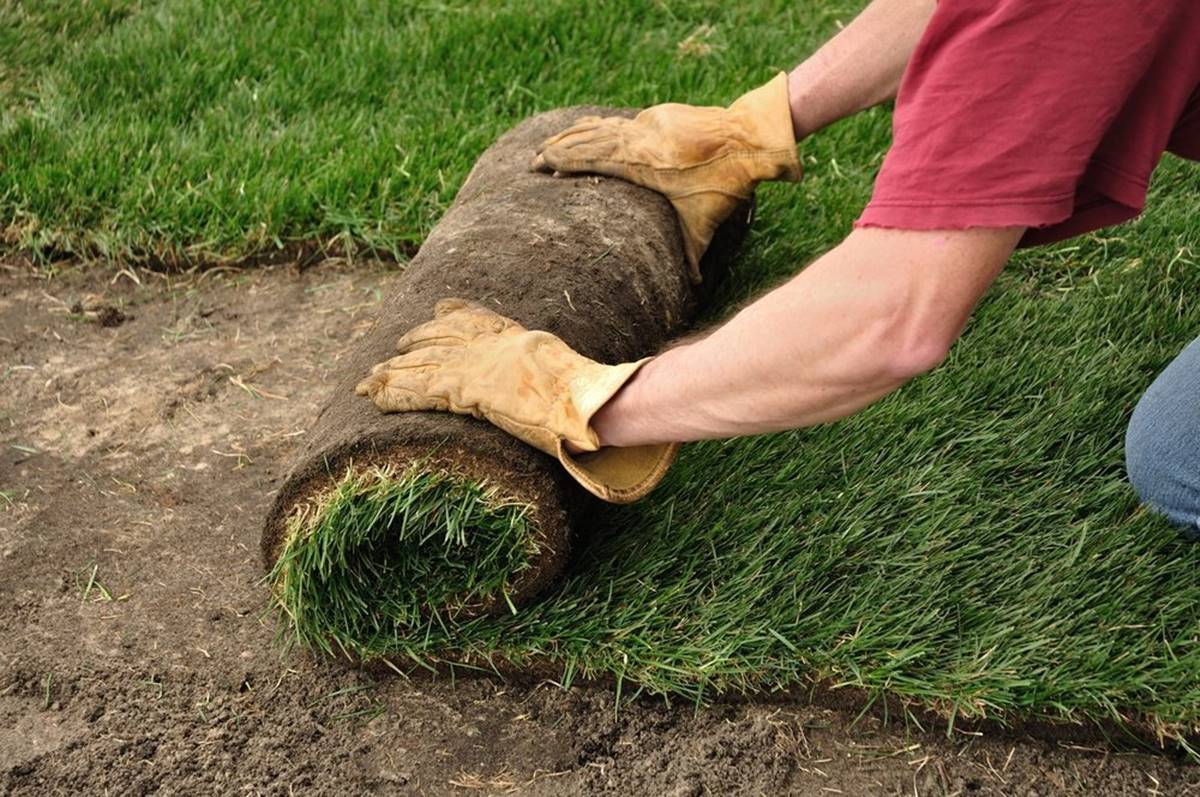

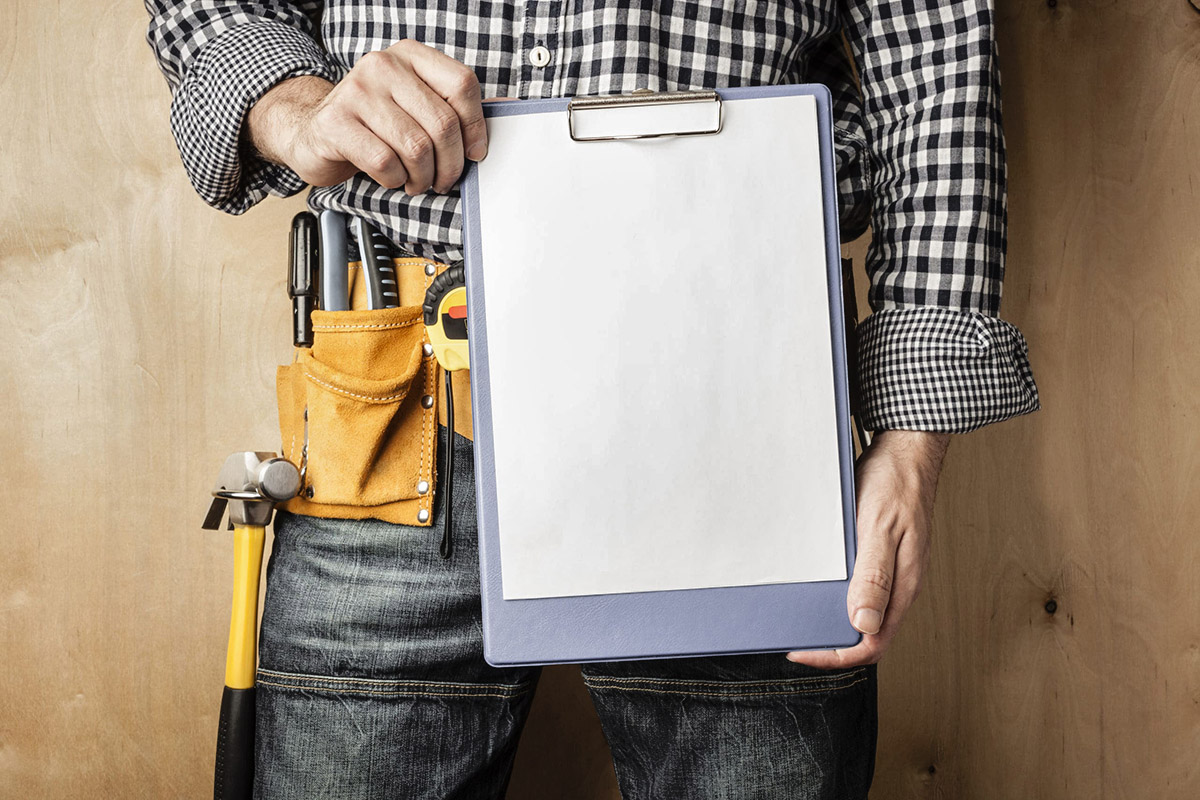


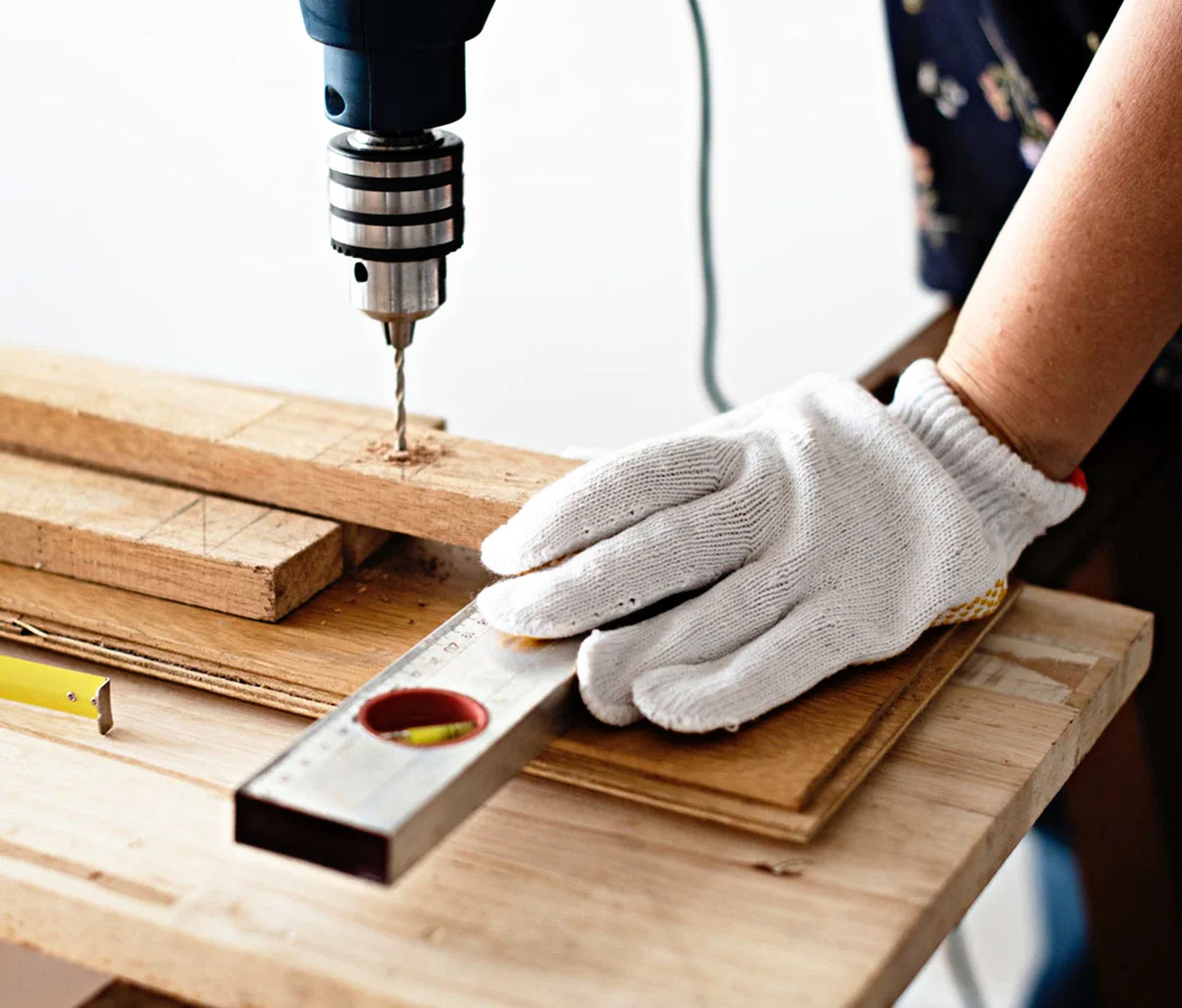

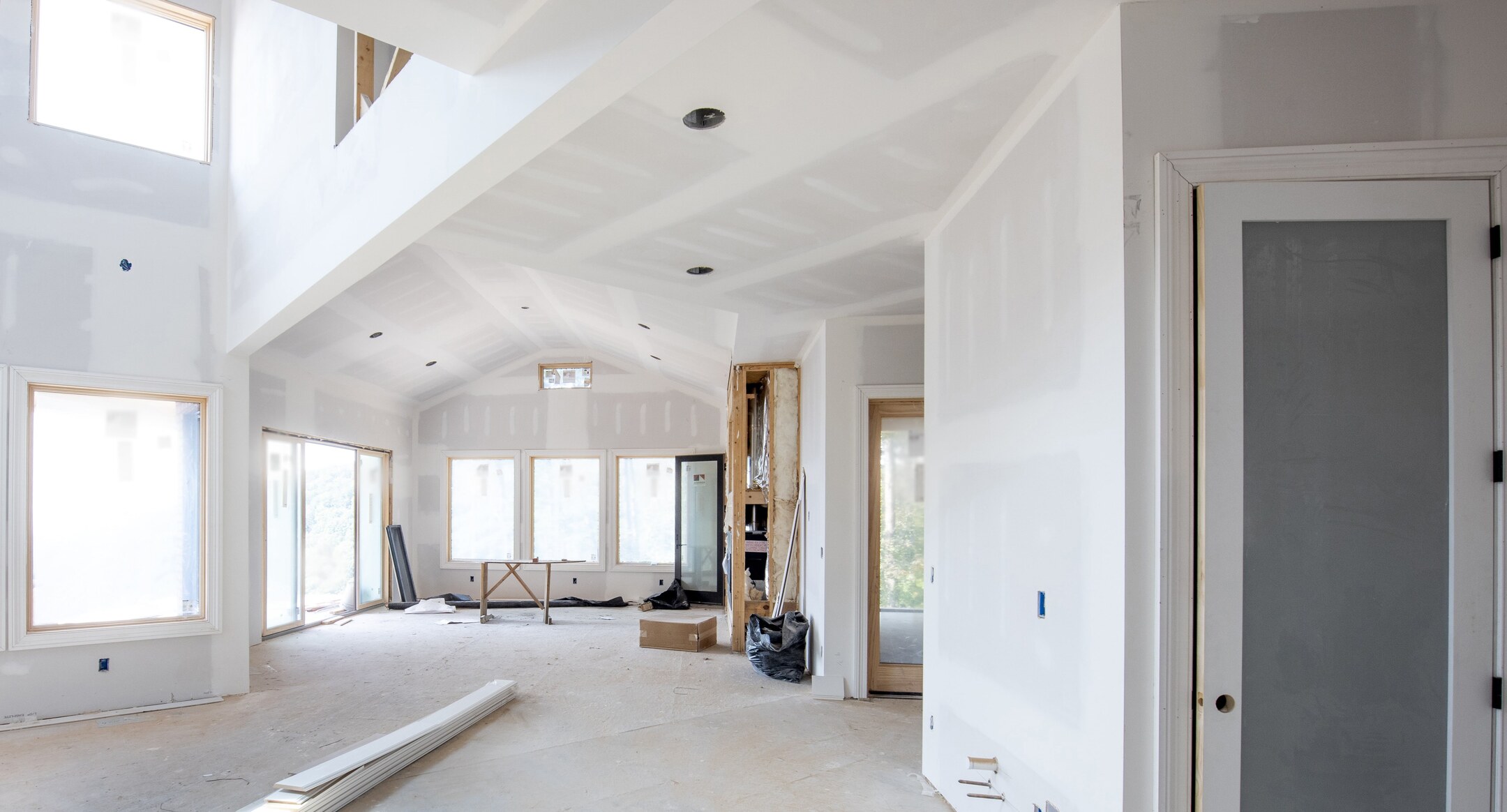

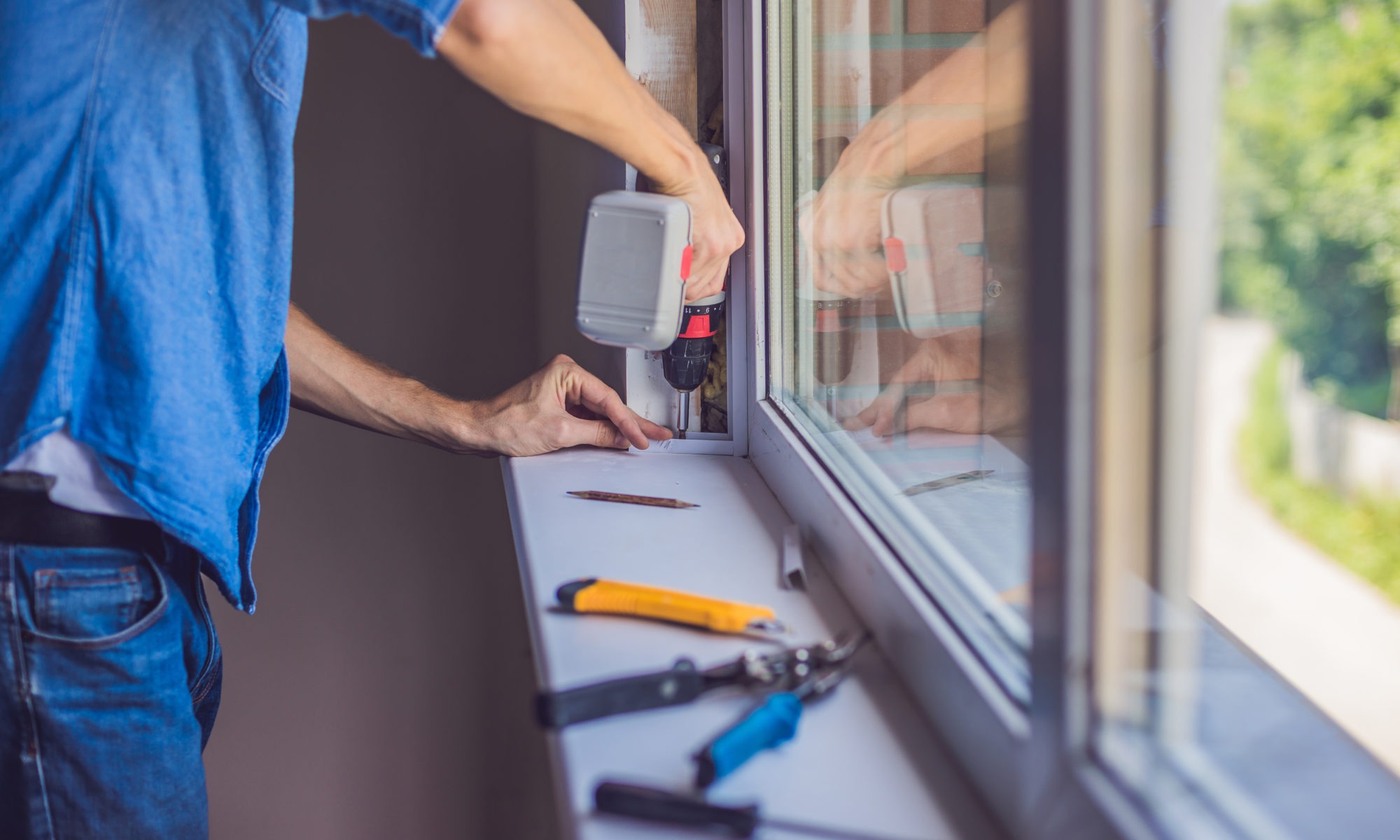
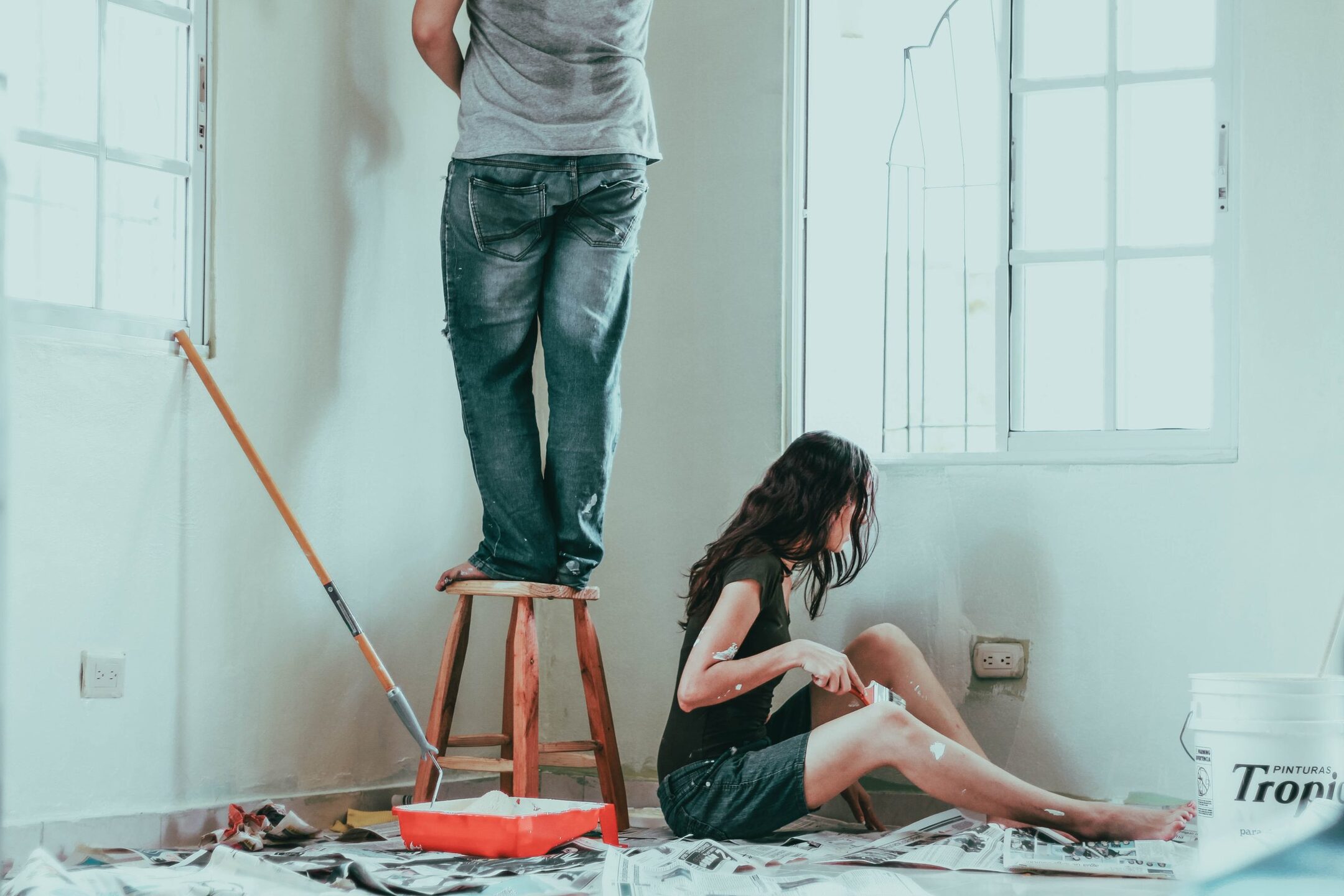




0 thoughts on “How To Manage The Dust And Dirt Of Home Improvements?”